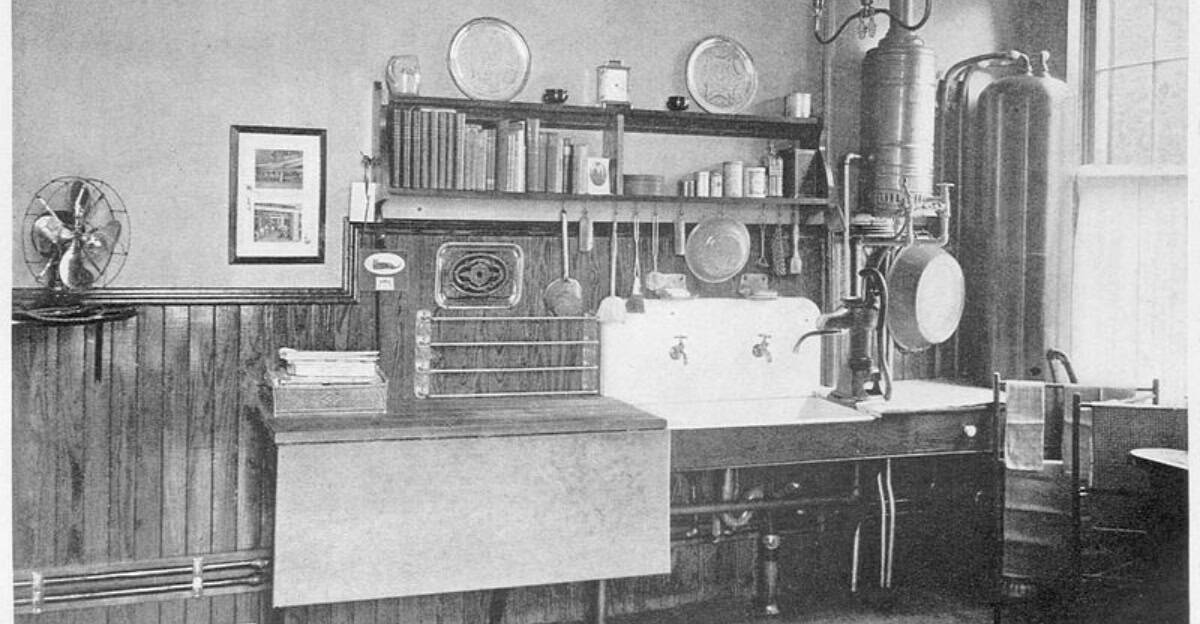Discover the essence of American homes as they stood a century ago. This journey through time offers a glimpse into the architectural styles, decor, and daily life of the past.
Each photograph captures a unique element of the era, showcasing the diversity and charm of homes from coast to coast. Join us as we explore these fascinating images, each telling its own story of how Americans lived 100 years ago.
1. Victorian Elegance
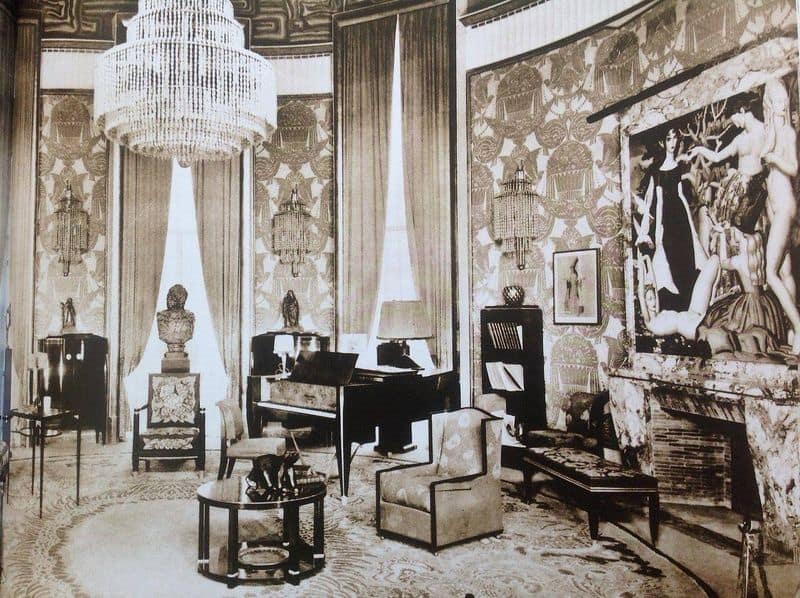
Victorian homes of the 1920s exuded an air of opulence and charm. Their intricate detailing and colorful facades made them stand out in any neighborhood.
These homes often featured turrets, large porches, and decorative woodwork, which spoke volumes about the craftsmanship of the era. Inside, the emphasis was on comfort and elegance.
Parlors with plush, overstuffed furniture were common, providing a space for families to gather and entertain guests. Stain glass windows added a touch of color and artistry, creating a warm and inviting atmosphere in these remarkable homes.
2. Craftsman Bungalow
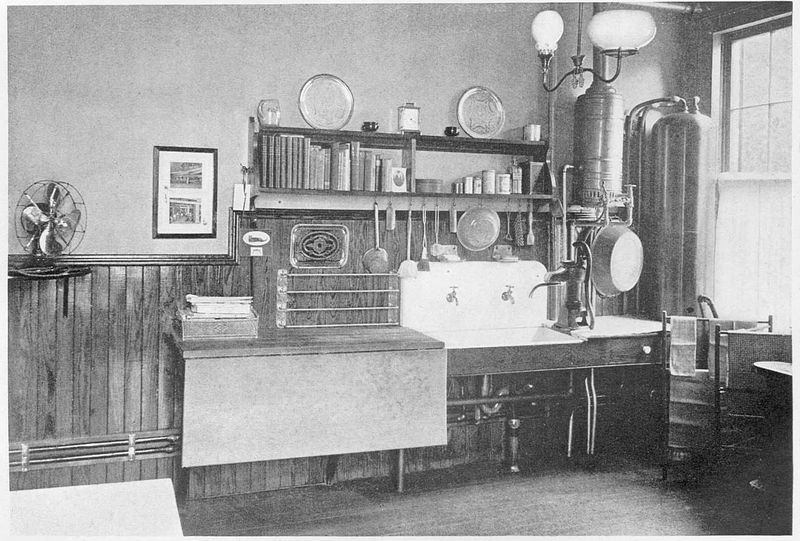
The Craftsman bungalow became a symbol of simplicity and functionality in the 1920s. With its wide porches and tapered columns, it offered an inviting entrance for family and friends.
These homes were known for their low-pitched roofs and handcrafted stone or woodwork. Inside, they prioritized open floor plans, making small spaces feel larger and more connected.
Built-in furniture like bookcases and benches were not only practical but also added to the aesthetic appeal. Natural materials and earthy colors further enhanced the connection to nature, creating a serene living environment.
3. Colonial Revival
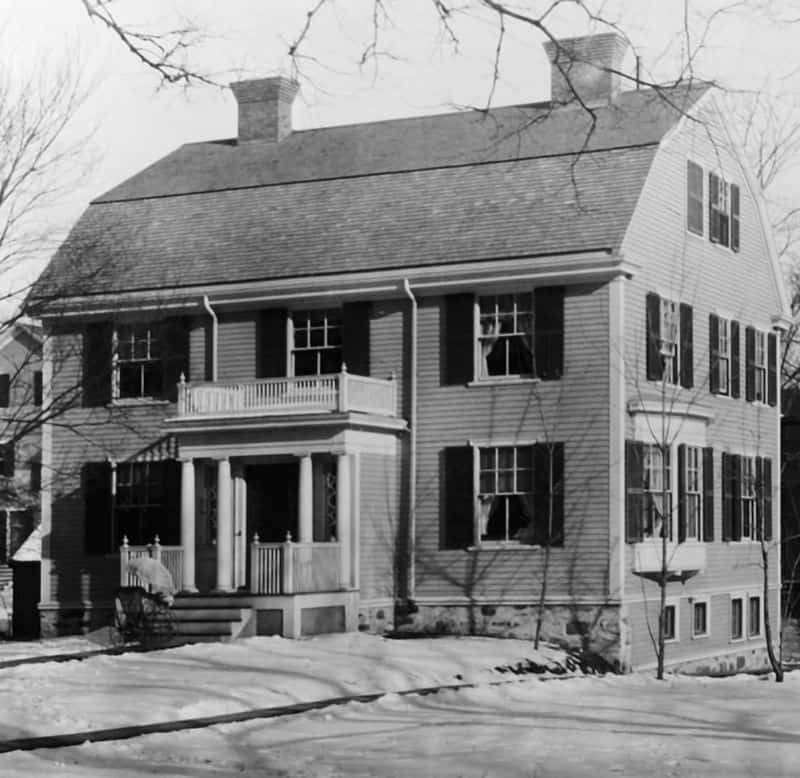
Colonial Revival homes captured the essence of early American architecture with a modern twist. These stately homes were defined by their symmetry, often showcasing evenly spaced windows and a centered front door.
A classic brick or wood facade added to their timeless appeal. Inside, the layout was traditional, with separate spaces for dining and living. Fireplaces were common focal points, providing warmth and ambiance.
High ceilings and large windows allowed natural light to flood the rooms, creating an airy and open feel. These homes represented stability and tradition in a rapidly changing world.
4. Art Deco Apartments
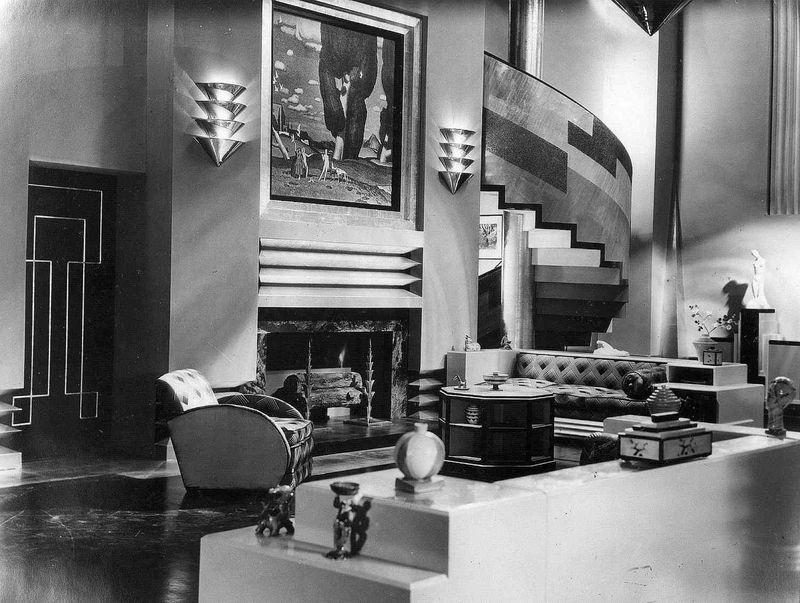
Art Deco architecture brought a sense of modernity and luxury to urban living in the 1920s. These apartment buildings were characterized by their geometric patterns and sleek lines, making them a standout in cityscapes.
The use of new materials like steel and concrete allowed for innovative designs and taller structures. Inside, these apartments embraced luxury, with features like marble floors and brass fixtures.
Large windows offered panoramic views of the bustling city below, while elevators and modern amenities provided a new level of convenience. Art Deco truly revolutionized urban living.
5. Farmhouse Simplicity
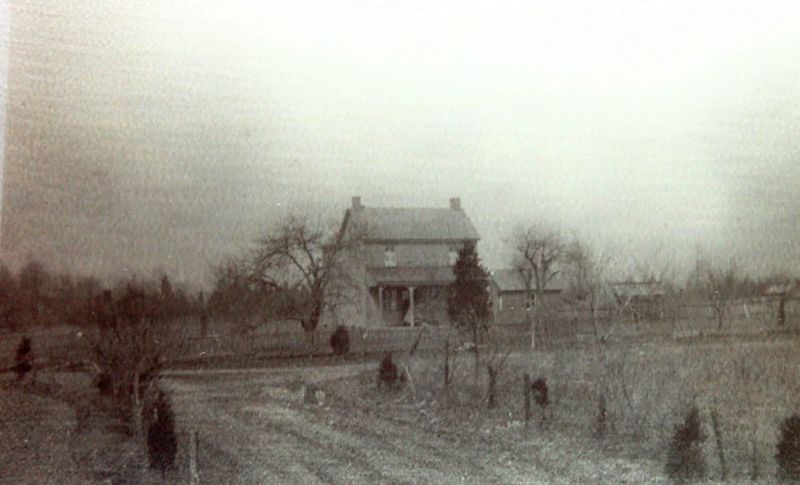
Farmhouses from a century ago were the epitome of simplicity and practicality. These homes were often surrounded by vast fields, reflecting the agrarian lifestyle of their inhabitants.
A large front porch served as a gathering space for family and friends, offering respite after a long day’s work. Inside, the layout was functional, with a large kitchen often serving as the heart of the home.
Wooden floors and simple furnishings underscored the no-nonsense approach to living. Farmhouses were built to last, using sturdy materials that could withstand the test of time.
6. Tudor Revival Charm
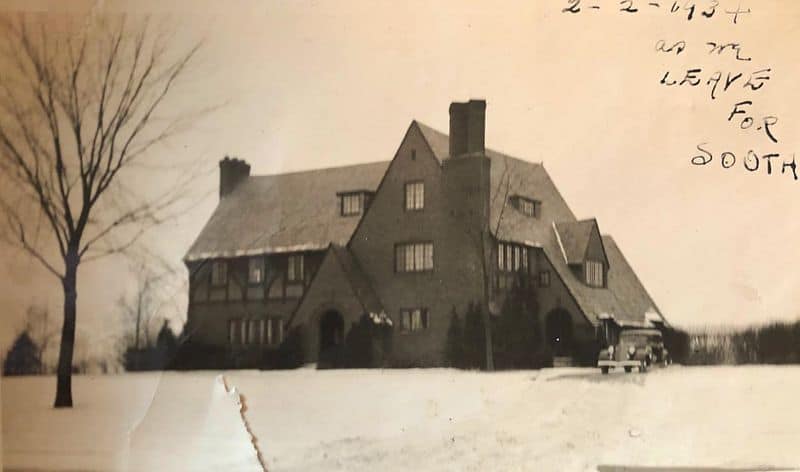
Tudor Revival homes of the 1920s brought a touch of medieval England to American suburbs. Their steeply pitched gable roofs and distinctive half-timbering were instantly recognizable.
These homes often featured leaded glass windows and stone or brick facades, adding to their old-world charm. The interior was cozy, with wood-paneled walls and exposed beams creating a warm, inviting atmosphere.
These architectural elements combined to create a storybook aesthetic, popular among those looking for a unique and charming residence. Tudor Revival homes remain a favorite for their distinctive style and historical appeal.
7. Spanish Colonial Revival
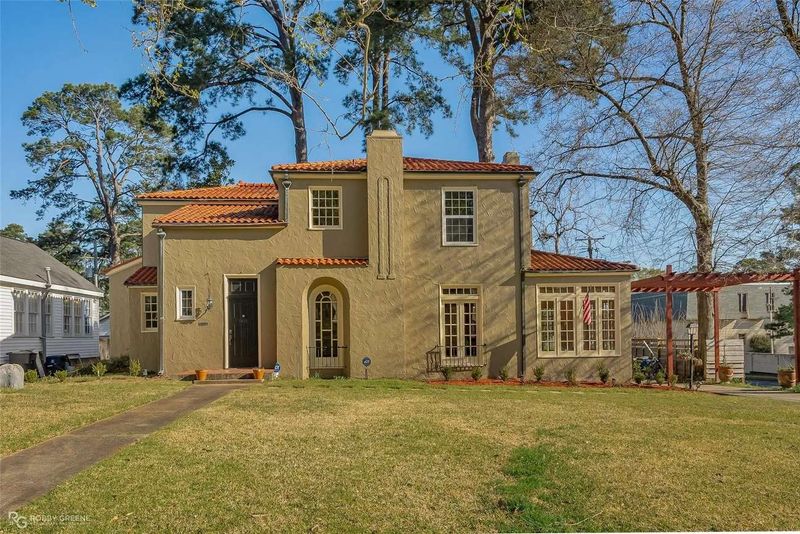
Spanish Colonial Revival architecture brought a taste of the Mediterranean to American shores. These homes featured white stucco walls and red-tiled roofs, creating a striking visual contrast.
Arched doorways and wrought iron details added to the exotic appeal. Inside, the use of terracotta tiles and wooden beams reflected the influence of Spanish design. Courtyards and patios extended the living space outdoors, perfect for enjoying warm climates.
These homes were especially popular in the Southwest, where their design harmonized beautifully with the surrounding landscape. Their timeless elegance remains admired today.
8. Prairie Style
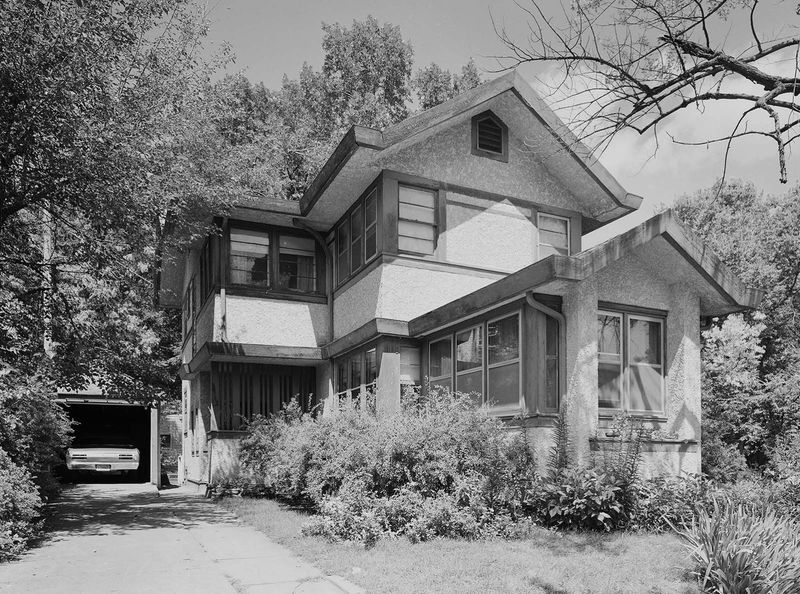
Prairie-style homes broke away from traditional architectural designs, emphasizing horizontal lines and open spaces. Their low, flat roofs and extended eaves complemented the flat landscapes they were often built on.
Large, central chimneys were a notable feature, as were rows of windows that provided ample natural light. Inside, the focus was on functionality and simplicity, with open floor plans that encouraged a seamless flow between rooms.
The use of natural materials like wood and stone connected the home to the environment. Prairie-style homes were a testament to innovative design and modern living.
9. Dutch Colonial Revival
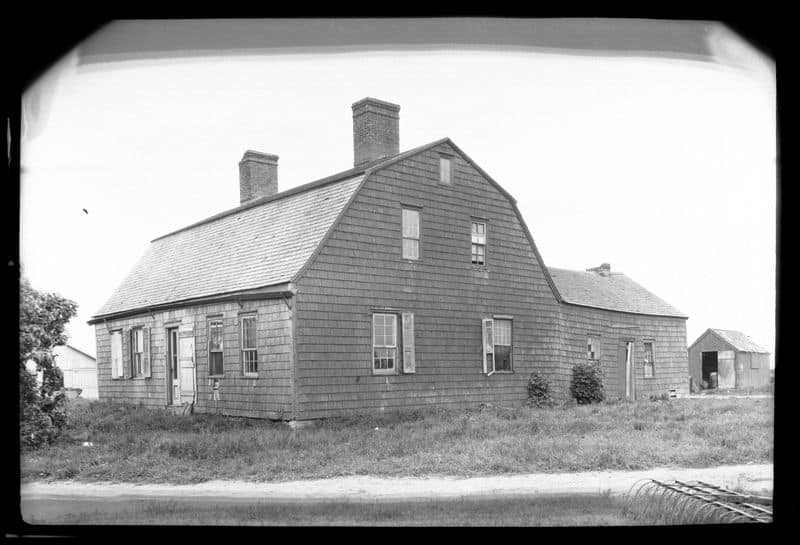
Dutch Colonial Revival homes were easily identified by their distinctive gambrel roofs and dormer windows. This architectural style offered a spacious second floor, with the roof design maximizing living space.
Inside, these homes featured cozy nooks and crannies, perfect for small libraries or reading areas. The layout was practical, with a central hallway providing easy access to all rooms. Wooden floors and traditional furnishings added to the homey feel.
These homes were popular in suburban areas, offering a sense of nostalgia and charm that appealed to many families seeking comfort and character.
10. Mid-century Modern Beginnings
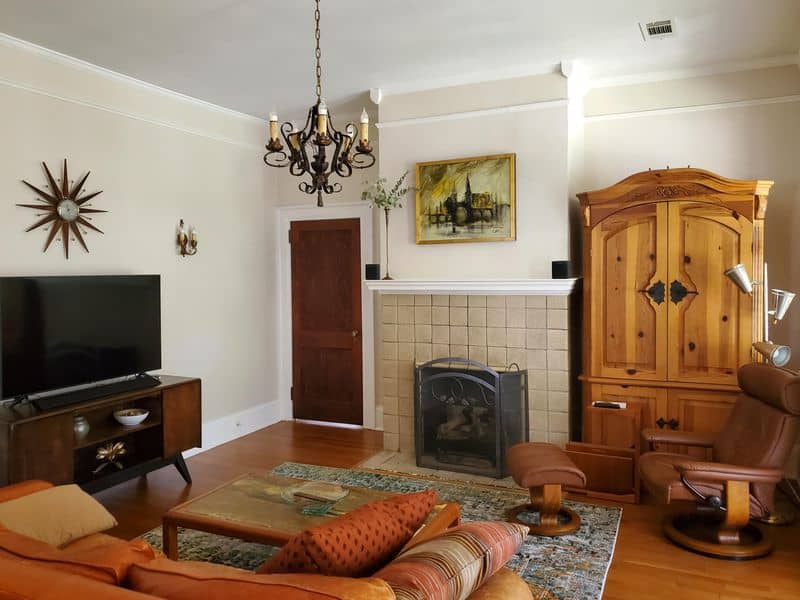
The late 1920s saw the beginnings of Mid-century Modern design, emphasizing clean lines and minimal ornamentation. These homes focused on functionality and a connection to nature, often incorporating large windows and open spaces.
The use of new materials like steel and plywood allowed for innovative construction techniques. Inside, the decor was sleek and minimal, with an emphasis on practicality and comfort.
This style paved the way for the post-war boom in modern architecture, setting the stage for a new era in home design. Its influence is still evident in contemporary architecture worldwide.

